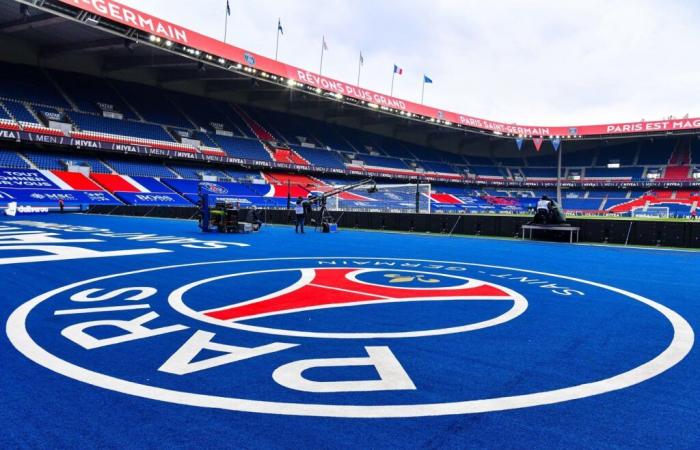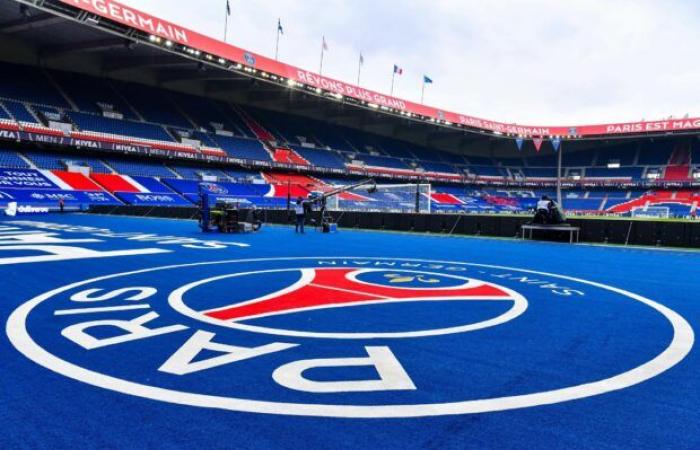In its latest study published this Wednesday, the International Center for the Study of Sports (CIES) ranks the biggest spending clubs on the transfer market over the last decade. Transfer fees have reached all-time highs, peaking in 2023 with a record €12.24 billion. Despite a slight decline in 2024 to 10.96 billion, this is the second highest value recorded. The market, after a fall linked to the health crisis in 2020-2021, experienced a spectacular rebound, in particular thanks to the rise of new players such as the Saudi Pro League.
Clubs from Europe's big five leagues still dominate spending, concentrating around two-thirds of global investment each year. However, their share has declined slightly recently (62.5% in 2024), reflecting the rise of alternative leagues, such as that of Saudi Arabia, and financial restrictions in Spain.
Nearly a billion net spending for PSG
With a net balance sheet of -991 million euros, Paris Saint-Germain ranks third among the biggest spending clubs, behind English behemoths Manchester United (-1.3 billion euros) and Chelsea (-1.2 billion euros). This podium reflects strategic choices focused on flagship acquisitions. PSG marked the decade with record transfers, such as that of Neymar in 2017 (222 million euros) or Kylian Mbappé. However, these investments have not yet resulted in winning the Champions League, the club's ultimate objective.
Unsurprisingly, the English Premier League dominates financially. With 23 billion euros of spending over the decade, it represents 28% of the global total. Its clubs monopolize the majority of places in the ranking of the biggest investors, starting with Chelsea, which surpasses all its competitors with 2.78 billion euros committed. However, this leadership is accompanied by a record negative net balance (-11.54 billion euros for the entire league).
Clubs like Manchester City, despite a significant deficit (-703 million euros), illustrate effective management, combining spending and sporting success (European champion in 2023). On the other hand, others, such as Manchester United, continue to spend massively without convincing results, with an annual deficit exceeding 100 million euros seven times out of ten years.
7.44 billion for Ligue 1 alone, more than 10 billion in the Premier League
Behind England, Italy (10.84 billion euros) and Spain (7.94 billion euros) complete the podium of the most spending leagues. The French Ligue 1, with 7.44 billion, is driven by the ambitions of PSG and Monaco, although its overall balance remains slightly positive (+0.23 billion). Conversely, the steep rise of the Saudi Pro League in 2023-2024 (2.09 billion invested) redistributes the market cards, attracting international stars with colossal resources.
In counterpoint to the abysmal deficits, some clubs display impressive net balance sheets. The undisputed leader is Benfica Lisbon (+816 million euros), thanks to an exemplary training and resale policy, illustrated by transfers like that of João Félix (127 million euros). Other clubs like Ajax (+473 million) and LOSC Lille (+391 million) also demonstrate that rational management can compete with strategies based on massive spending.
While the sums invested continue to explode, challenges remain: inflation of player prices, growing gaps between clubs and financial regulation. If some teams master this balance, others, like Manchester United or Chelsea, risk paying dearly for short-term strategies.
The 20 biggest spending clubs in the transfer window over the decade
Manchester United = 1 304 M€
Chelsea FC = 1,209 M€
Paris Saint-Germain = 991 M€
Arsenal FC = 795 M€
Tottenham Hotspur = €711 million
Manchester City = 703 M€
Milan AC = 633 M€
Newcastle United = 626 M€
FC Barcelona = €601 million
Al-Hilal SFC = 556 M€
West Ham United = 548 M€
Juventus FC = €526 million
Aston Villa = 521 M€
Bayern Munich = 442 M€
Al-Nassr FC = 384 M€
Bournemouth AFC = 383 M€
Liverpool FC = 366 M€
Crystal Palace = 363 M€
SSC Naples = 360 M€
Wolverhampton FC = 345 M€







